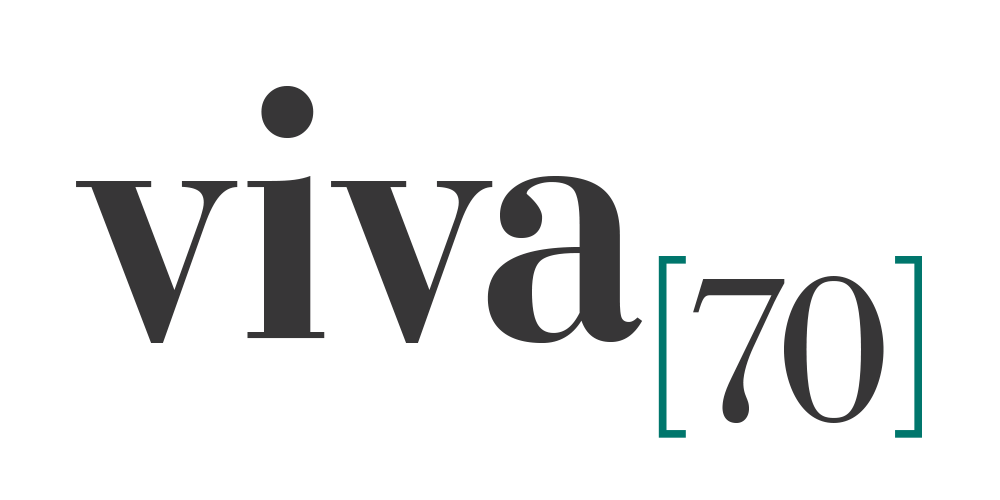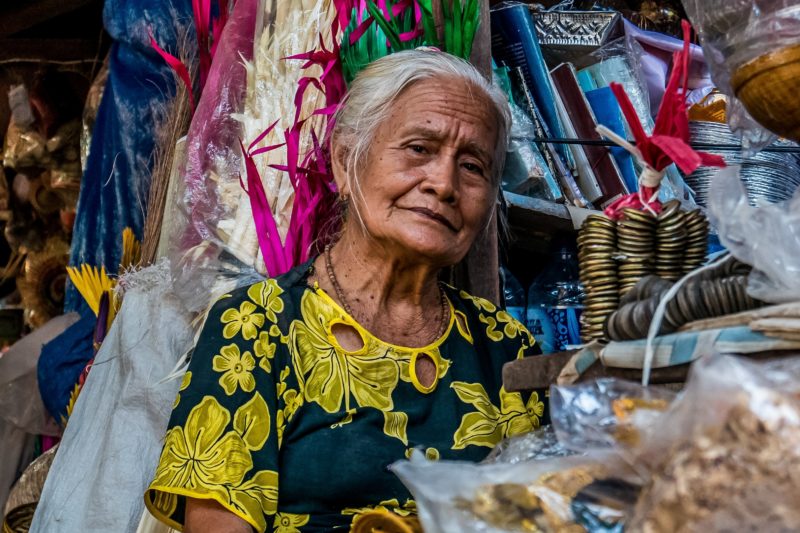
Would you like to live to 100 and have a healthy life?
With diets, cosmetics, medical research and pharmaceutical industries hell bent on prolonging quality lives, the broad response seems to be a resounding ” Yes!”
Some years ago, I came across the Blue Zones research which began in 2004…..that’s 20 years ago now. I recently revisited the work of Dan Buettner, CEO of Blue Zones LLC via a Netflix series called ” Live to 100: Secrets of the Blue Zones.” Buettner was one of the people researching Blue Zones. Before him Gianni Pes and others were doing similar research in Sicily. But let’s recap…….
What are so- called Blue Zones?
In 2004 a Danish twin study concluded that how long we live relies 20% on our genetics and 80% on our lifestyle. That’s a very significant conclusion, because it means lifestyle and therefore our health can be changed and improved dramatically to give us a longer, better quality life.
Dan Buettner asked the question..Where in the world are there people living to 100 or more? He gathered a team of scientists and they discovered pockets- whole communities where there was a remarkably high concentration of centenarians. These areas were called ” Blue Zones.”
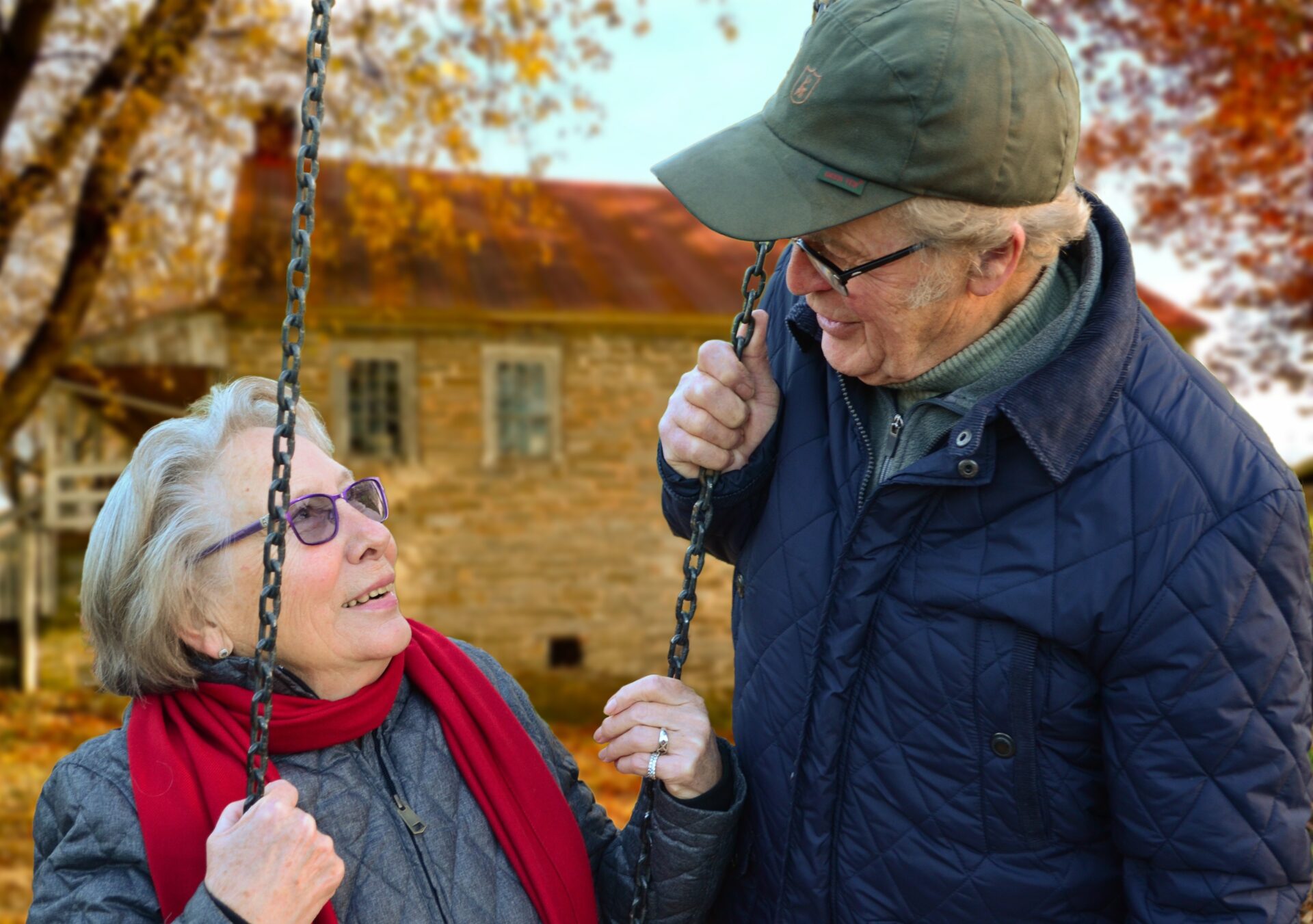
Where are the Blue Zones in the world?
Buettner and his team identified these Blue Zones- areas with an unusually high concentration of people over 100 years old.
Ogliastra Region of Sardinia
Nicoya peninsula of Costa Rica
Ikaria, Greece
Okinawa, Japan
Lorna Linda, California
Which lifestyle factors contribute to greater life expectancy in the Blue Zones?
Dan Buettner and his team identified the “Power Nine” life-style factors.
- Move Naturally
Centenarians living in these communities moved as part of their daily lives. They grew vegetables, chopped wood, were gardeners, walked everywhere, played games with great grandchildren. Moving was part of life not a gym membership!
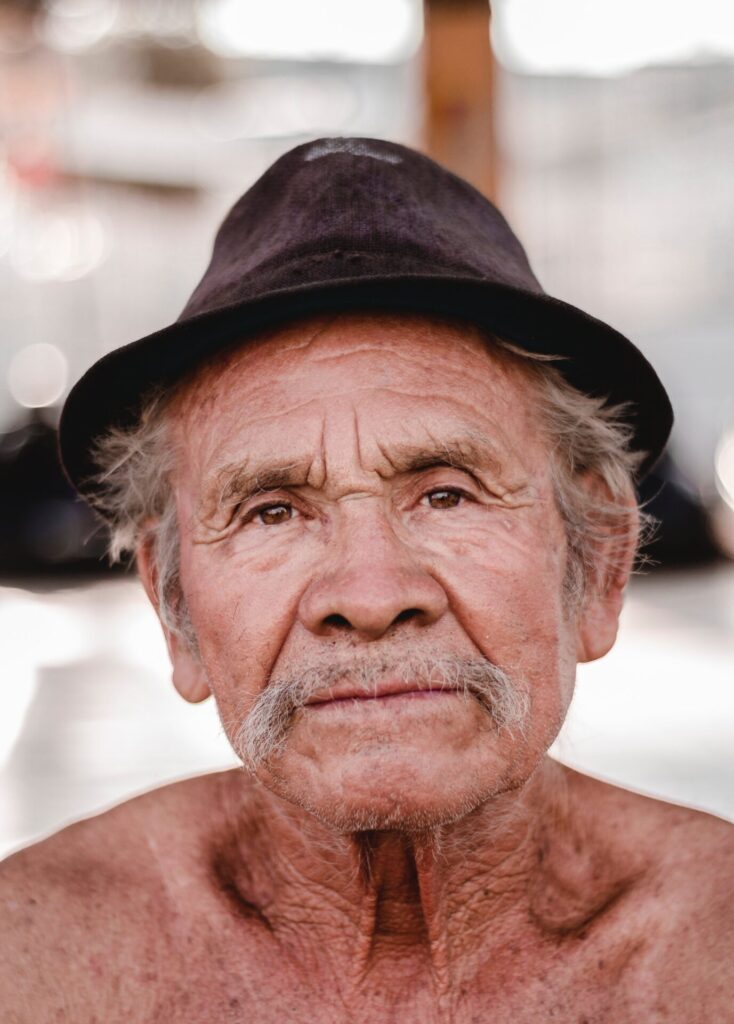
2. Purpose
In Okinawa it’s known as Ikigai. Nicoyans talk about Plan de Vida. Essentially purpose is about why we wake up every morning. What gives meaning to our lives? This idea is not new. Viktor Frankl, the Austrian psychiatrist and holocaust survivor, wrote extensively about the importance of purpose for mental health.
3. Downshift
Taking moments each day to sit in peace. Okinawans remember their ancestors. Adventists in Lorna Linda, California took time out to pray. Ikarians take a nap in the heat of the day. Sardinians do a happy hour where they meet others to chat and drink a glass of wine
4. Eat to the 80% Rule
Okinawans practice Harahachi Bu. Before meals they say a Confucian mantra which translated means, eat only until you are 80% full. Portion control is culturally defined!
5. Plant Based Diet
All the communities ate largely plant based diets- vegetables, fruit, grains. Seventh Day Adventists are vegetarian. Other communities ate meat about 5 times a month.
6. Wine at 5pm
Good news…. except for Adventists, all centenarians in the study drank 1-2 glasses of wine a day…but as a social engagement with friends and with food. No binge drinking here!
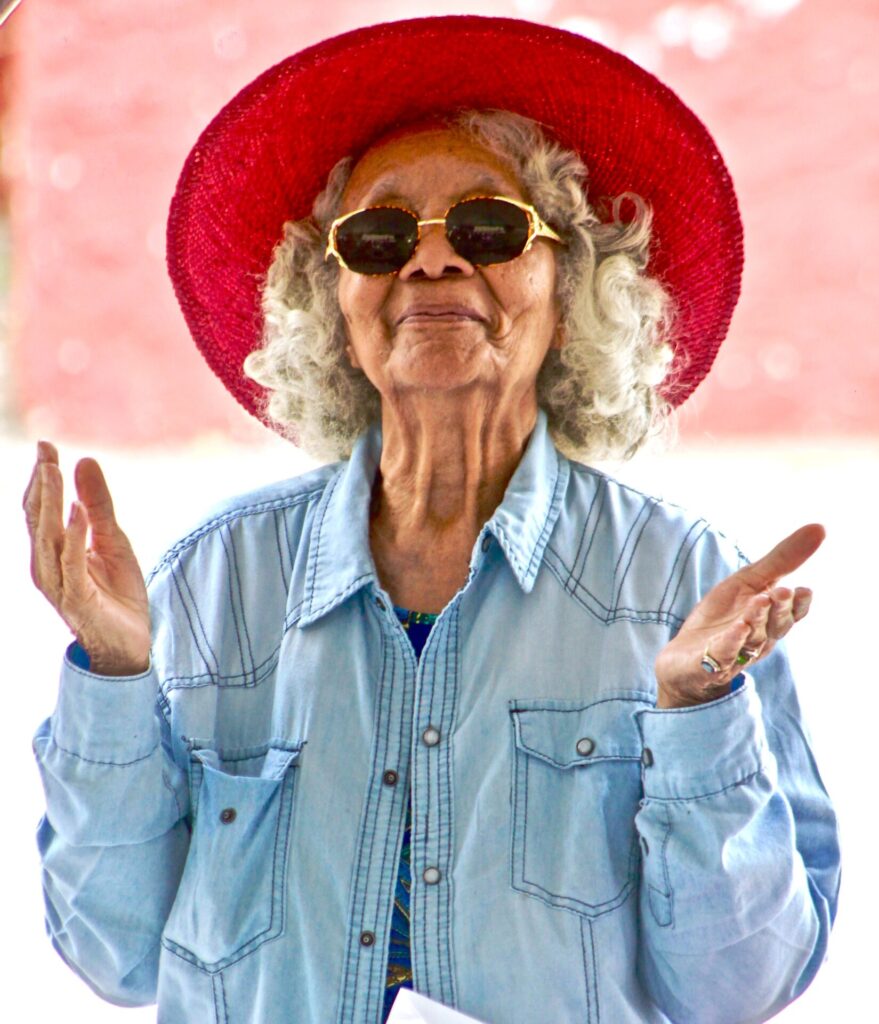
7. Belong
Older people in Blue Zone areas had some connection around community. Centenarians belonged to the community around them. Often it was a faith based community. Or womens’ work groups around weaving, cooking. There was a community rather than an individual focus.
8. Loved One’s First
Keeping aged parents nearby as part of the family and in – home care were identified as important. Longevity was negatively impacted by later years spent in care facilities. If you want to live long, don’t go into institutional care.
9. Find the Right Tribe
Centenarians hung out with health- conscious people! They lived in communities of people who ate well and moved their bodies.
Do Blue Zones still have something to teach us?
As with most movements that are 20 years old, there are critics of the Blue Zone research and conclusions. Saul Newman of ANU and now Oxford University has been vocal about the Blue Zone research as being “ rife with fraud, error and logical inconsistency.” (I hope he has a good lawyer! ) He points to Okinawa having high rates of obesity, depression and alcohol consumption.
Without dissecting Dan Buettner’s research methodology from 20 years ago, its interesting to see how many of these principles are in practice today.
Jamie Oliver and many others promote a Mediterranean Diet as a healthy way to eat. Michael Mosley talks about time -regulated eating (TRE) and fasting akin to the 80% rule of the Blue Zones.
Vegetarianism has been up-branded as plant based eating and cookbooks abound in plant based food. Eleven Madison Park is a Michelin hatted restaurant in New York. Chef Daniel Humm redesigned the menu and restaurant in 2011 to be completely plant based. Fears that the restaurant would lose its Michelin status as a plant based rather than traditional French restaurant were ungrounded. It has won a swag of awards including 3 Michelin stars.
Since the world’s Covid experience there has been a dramatic rethink around mental health, loneliness, working from home, and greater home -based aged care. We are rediscovering the need for purpose, belonging and community. Communal gardens, a rework of the old British allotment system are on the increase, to promote social connection and exercise… as well as good quality food.
Have the Blue Zones research taught us anything about ageing well? Apparently Yes! I’d encourage you to have a look at the Netflix series. It’s fascinating and necessary information for living a Good Life…..at any age!
Words by Nora Vitins. Images sourced from Pexel with thanks
